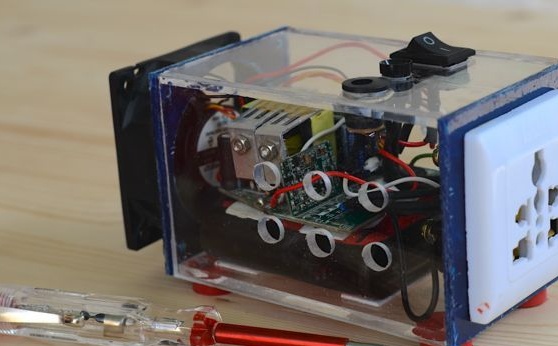
In this project, the Master will present us with his autonomous inverter. The inverter is battery powered and converts 12 V DC to 220 V AC. The power of the device is 70 watts. Duration of operation at full power is about 20 minutes. For the price, the device cost the author about $ 5. The device can be used, for example, if you need to work with a soldering iron or a glue gun, but there is no electrical outlet nearby.
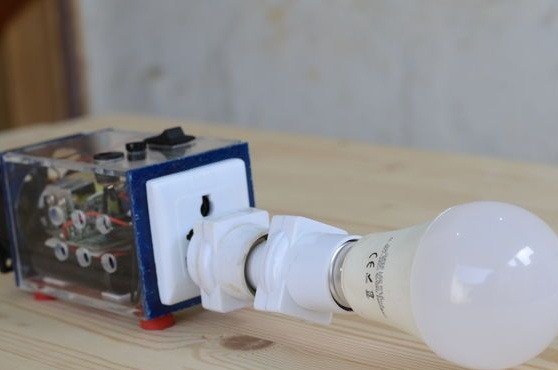
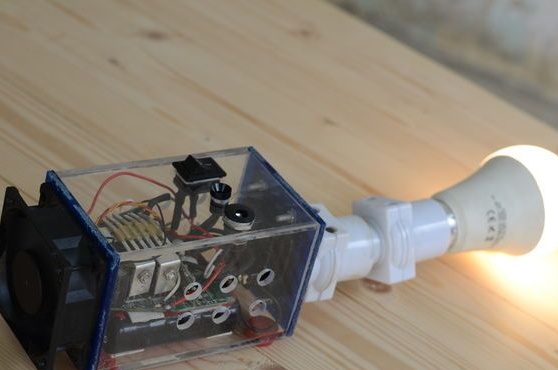
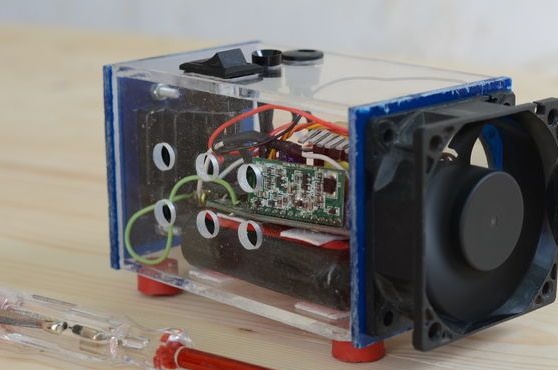

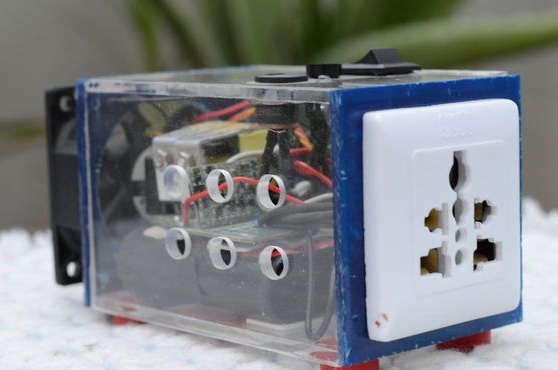
Tools and materials
- 12V fan;
-Lithium polymer batteries;
-Inverter module (;);
-Socket;
-Switch;
-Connector;
-Wire;
-Rubber legs;
- fiberglass;
- Orgsteklo;
-A circular saw;
-Drill;
-Crown on wood;
-Glue;
-Soldering iron;
-Insulating tape;
-Double sided tape;
-Drill;
-Nadfil;
-Thermotube;
-Lighter;
-Led indicator;
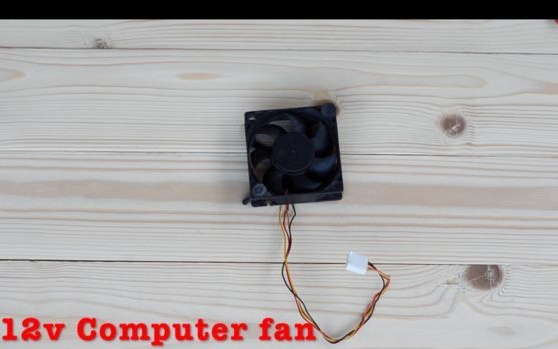
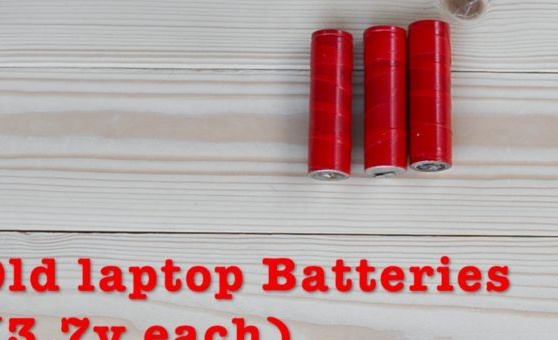

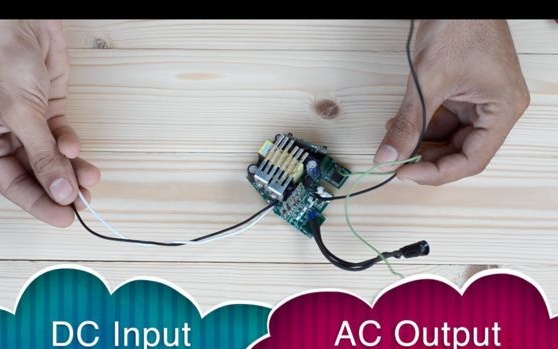
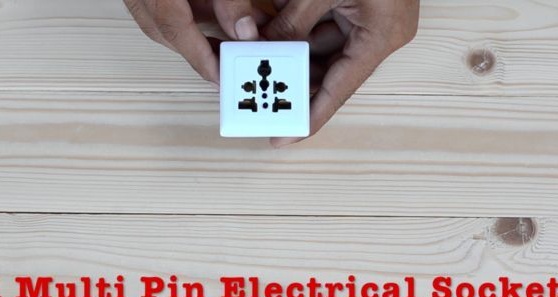
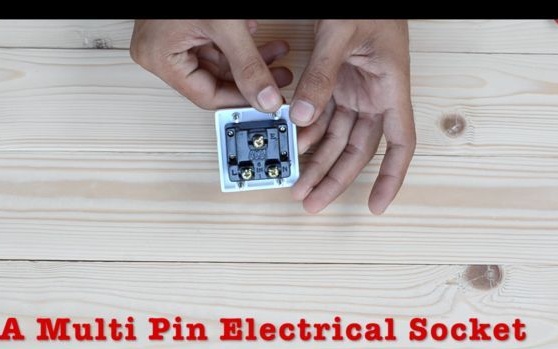



Step one: blanks for the body
For the body, the master cuts from plexiglas 5 mm thick plates: 100 mm * 65 mm -2 pcs.,
100 mm * 57 mm -2 pcs.
Fiberglass plate: 65mm * 65mm -2pcs On one of the plates from fiberglass cuts a hole with a diameter of 5 cm.
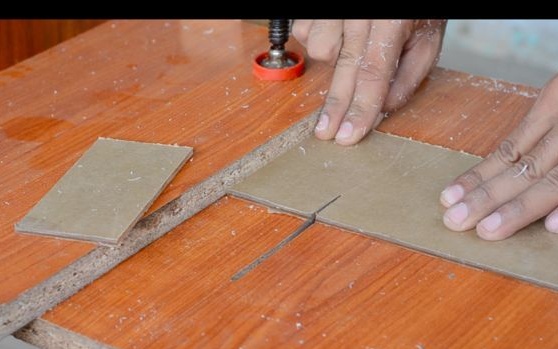






Step Two: Batteries
To power the inverter, the master used three lithium-polymer batteries of 3.7 V. Each battery is glued together in one unit. Connects in series. Leads wires and isolates contacts. The output receives a battery of 12 V 2200 mAh.


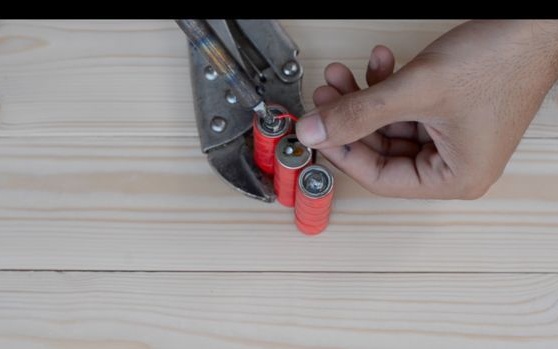


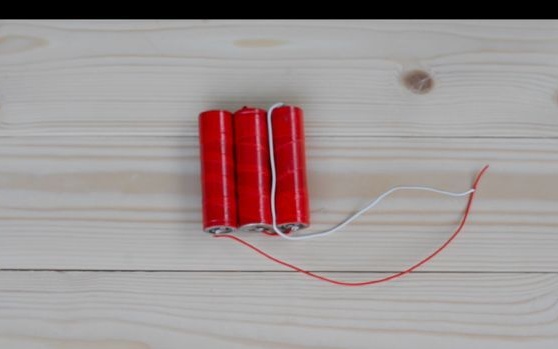
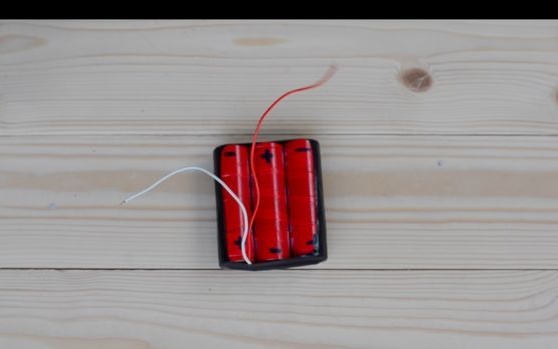
Step Three: Connect the Battery
Solder the battery wires to the inverter. Negative wire directly, positive through the switch.
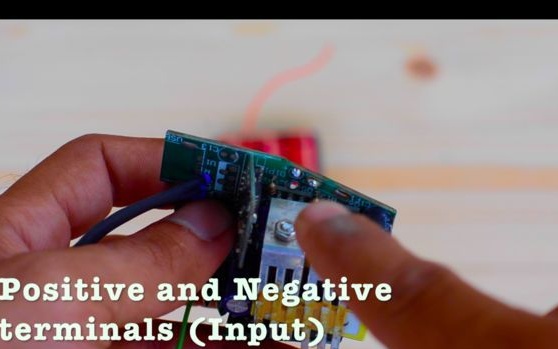
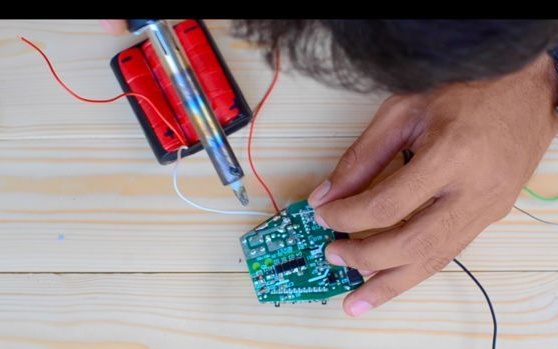
Step Four: Build
Removes a protective film from plexiglass. Sticks double-sided tape. The battery sticks to the tape. The inverter module sticks on top of the battery.


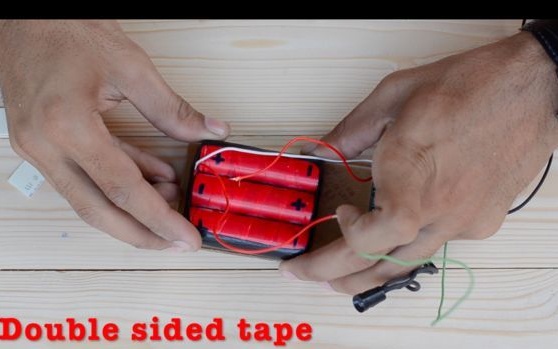
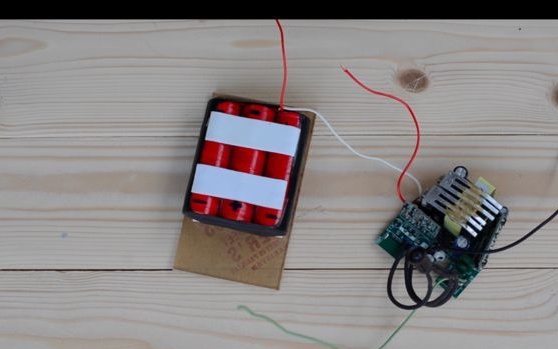
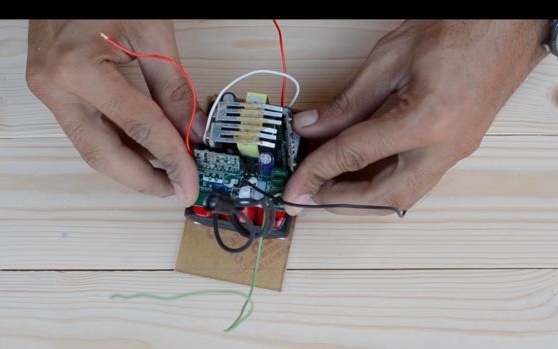
Drills ventilation holes in the side plates of the housing.



The top cover makes holes for the switch, connector and LED indicator.
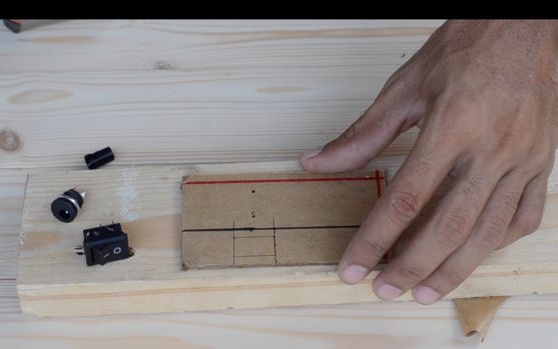


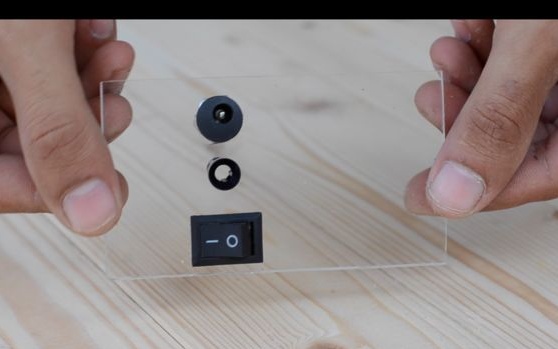
In one end cap, cuts a hole for the outlet, in the other under the fan.
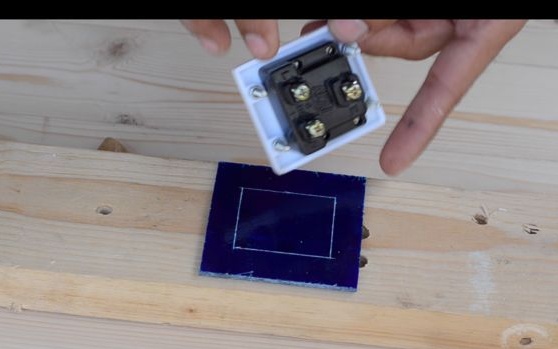
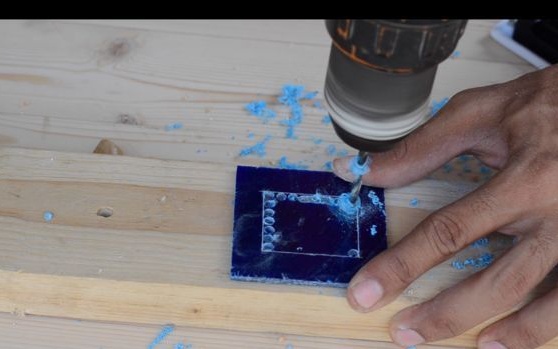


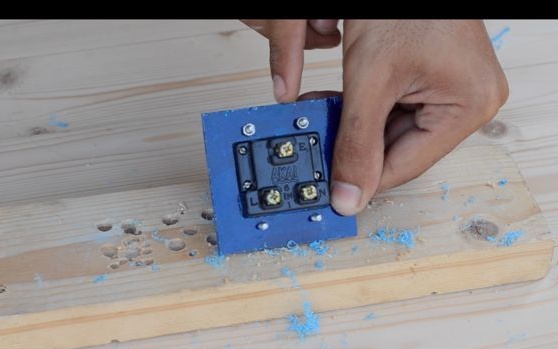
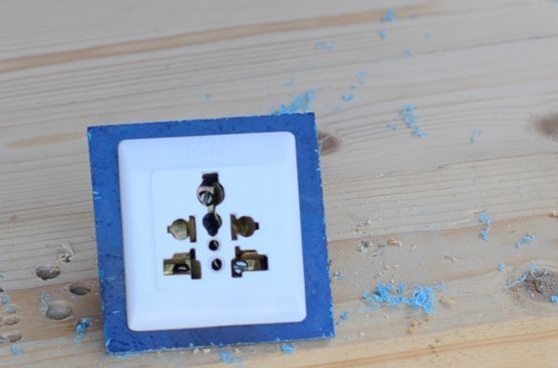
Solder the wires: + charging connector to + battery, - connector to - battery. The fan and LED indicator are powered via a switch. Solder the wires to the output of the 220 inverter, the second ends are screwed to the outlet.

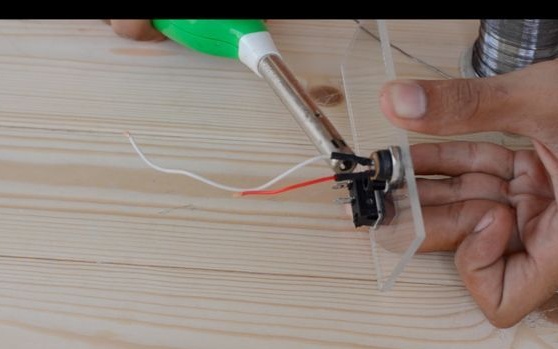

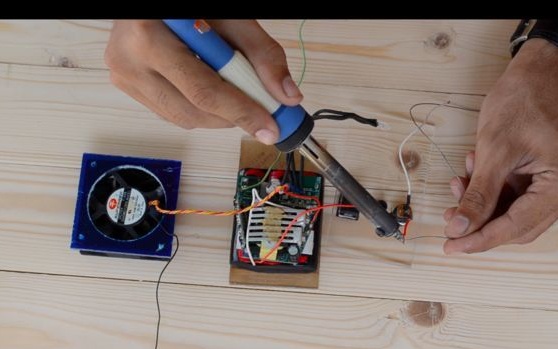
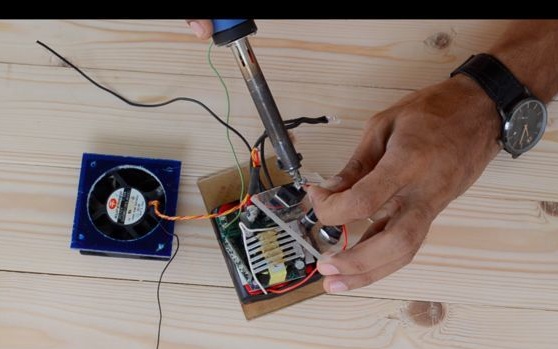
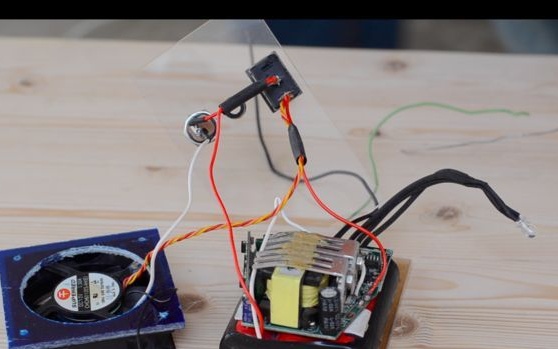



Glues the fan to the end cap.

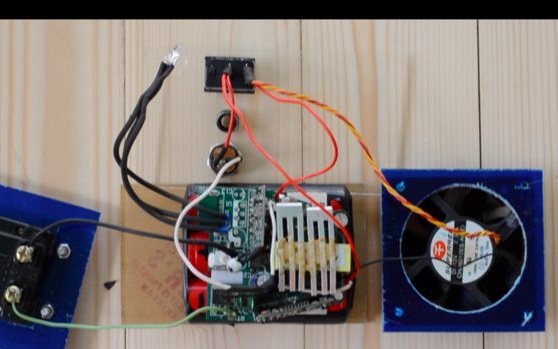
Glues the case.
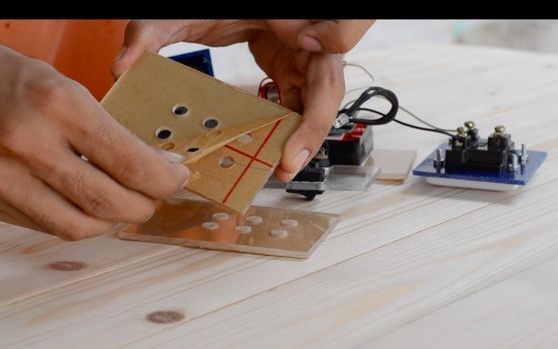




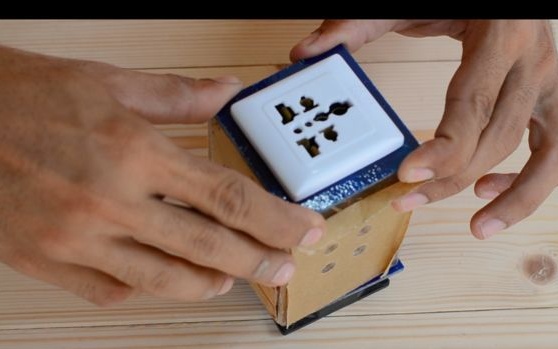
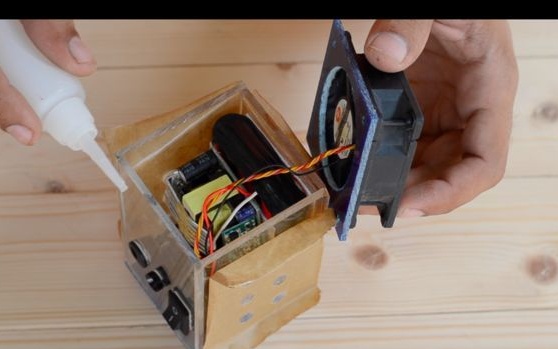


The inverter is ready, tests showed good results.
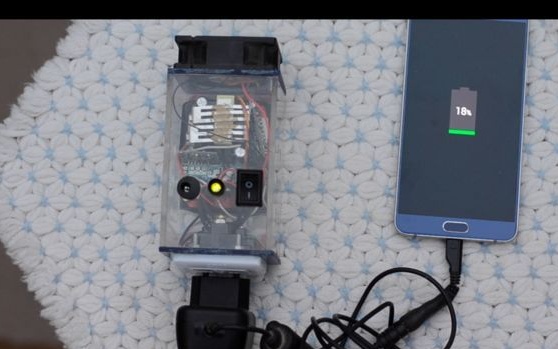

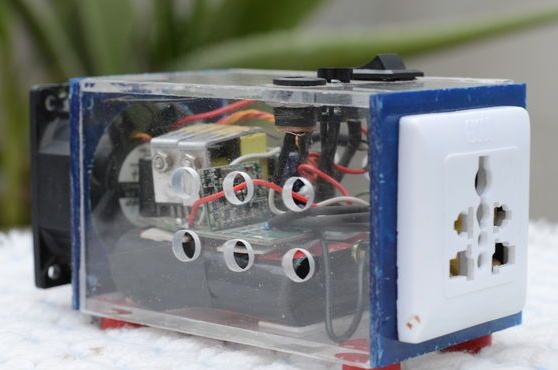
The entire process of manufacturing an inverter can be seen in the video.
